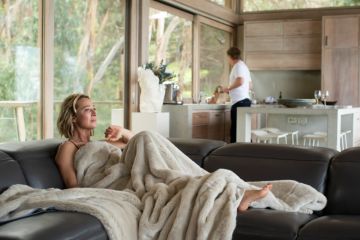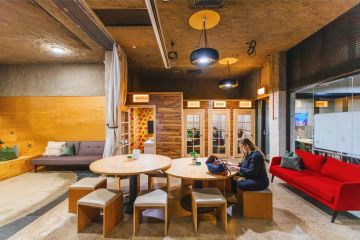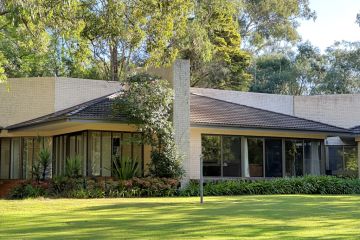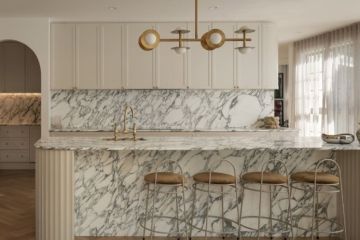How to restore the period features in your home
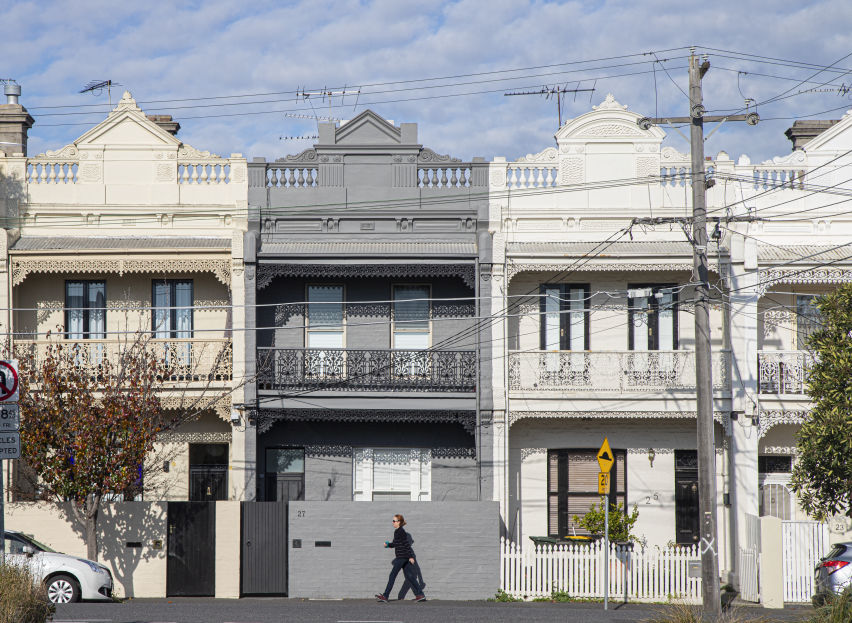
Australians love the charm of older homes with their breezy verandahs, decorative fretwork, stained glass windows and open fireplaces.
Yet, owning an older property can be a double-edged sword: we fall in love with the period details, but the cost of maintaining, repairing and restoring those features can leave us wondering if it’s all worth it. Often, restoration of period features costs twice the price of replacing them with cheaper modern materials.
“There is a real temptation to take the cheaper, quicker and easier route at the sacrifice of the character appeal and authenticity of a property,” heritage advisor Michael Edwards says.
But don’t. Old period features that can’t easily be re-created with modern building techniques can be worth the higher cost of repair once you go to sell.
In Sydney’s historic suburb of Haberfield – which has some of the strictest heritage laws in Australia, with council, state and national significance – properties with restored period features combined with modern niceties like open-plan kitchens and en suites sell for premium prices.
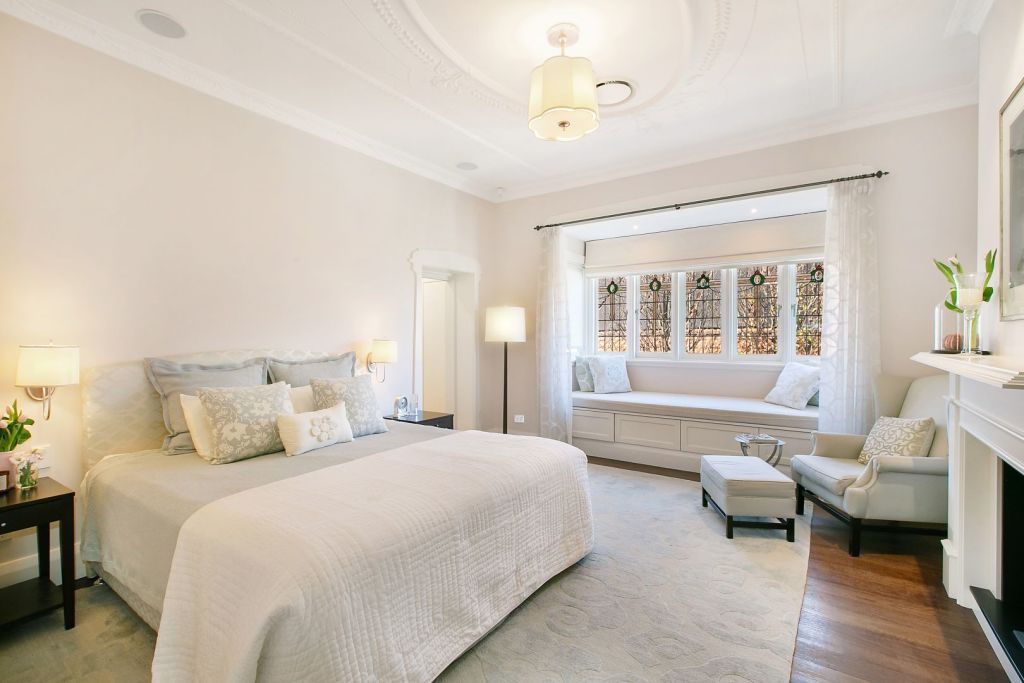
A renovated Federation home with a price guide of $4.8 million to $5.2 million sold in September this year for $7.02 million – twice the suburb median – which the agent credits to a sympathetic restoration of the original period details and a renovation that added an open-plan living zone.
“People want the originality but they also want their ducted aircon, their central heating and open-plan living,” agent Michael Tringali says.
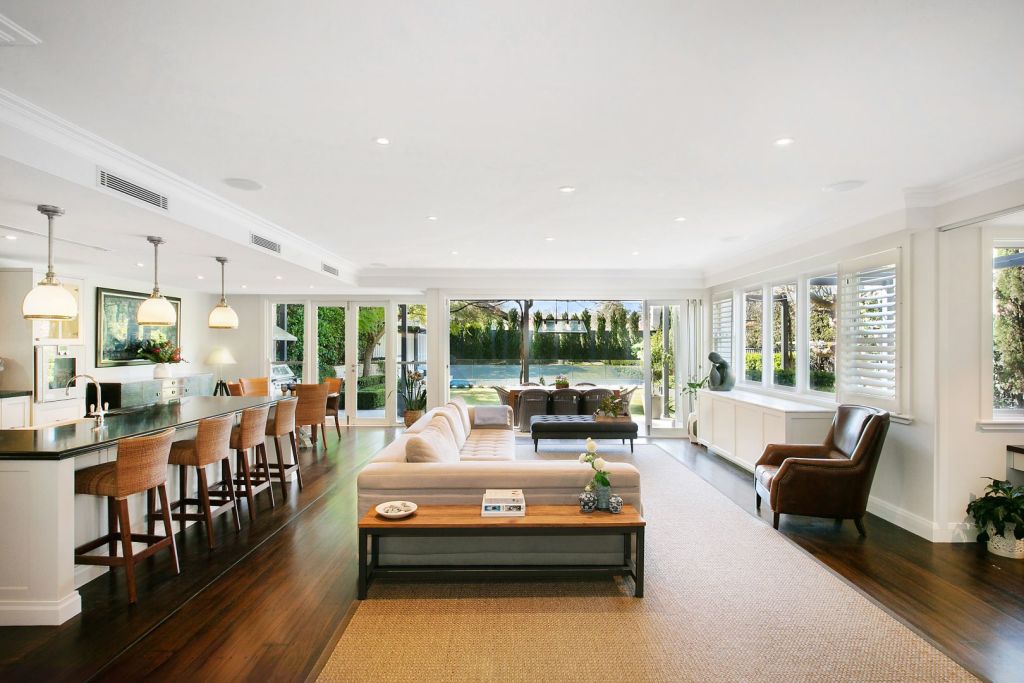
Knowing which features are worth preserving is about education, and Edwards urges all property owners to understand what’s significant about their property.
Look into the history of your street and local area and how significant your house is to determine the period features that truly matter. Your local council planners can help, as can the library.
“It’s the ornamentation that makes a house. When you strip it out and remove its defining features it can be like trying to look at someone with their eyebrows shaved off – it loses authenticity and character,” Edwards says.
Renovate and restore the right way
Here’s a guide to maintaining some older features that are prized in many local real estate markets:
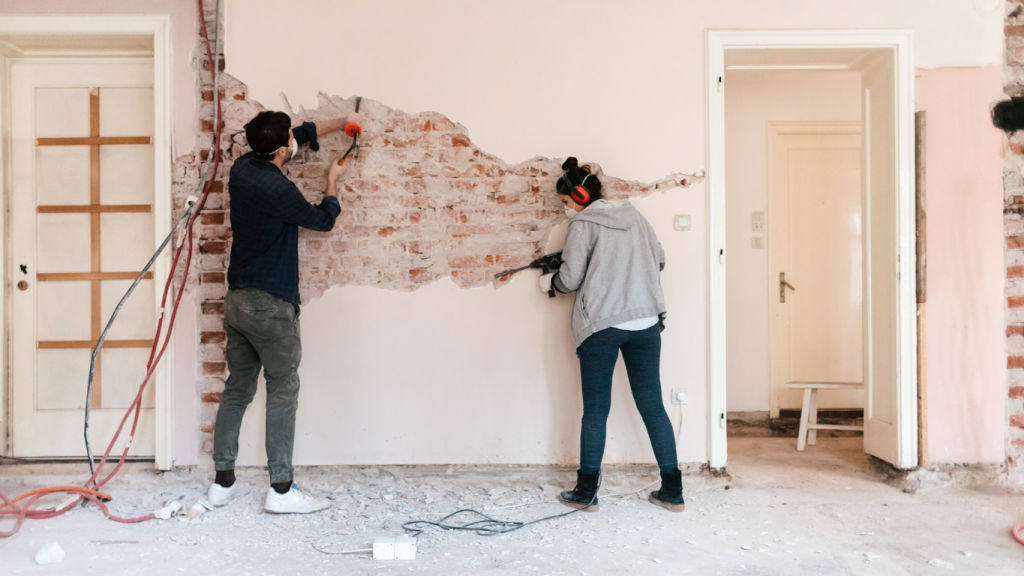
Brickwork
Exterior bricks – especially old ones – may need to be repointed (have the mortar reinstated) or be repaired due to rusting brick ties or water damage. Many old Victorian buildings were rendered because the bricks and mortar were porous and let in water.
There are external treatments to help repel water on old brickworks, as well as conservation repointers who do this specialist work. It’s usually cheaper to repair failing mortar earlier rather than later, when the entire wall can become structurally compromised.
Open fireplaces
Fireplaces are important signifiers of a building’s architectural period. Even if they no longer function, the fire surround, hearth and chimney breast are important to retain. Older chimneys often need repointing to stop bricks crumbling or letting water in. If you want to restore a fireplace that’s been boarded up, get an expert in to check for asbestos.
Ornate plasterwork
Decorative ceilings need careful maintenance as they tend to crack over time. There are specialist heritage contractors who can be engaged to undertake ceiling repairs and you’ll need a patient painter willing to do all the lengthy prep work to keep that ceiling in good condition.
There are modern pressed metal replacements and modern plaster ceiling roses, but it’s better to restore what existed in the original house rather than replace it with a “guess” from a different stylistic period.
Original bathrooms
Art deco-era bathrooms, with the classic deep tubs and porcelain basins, are now highly prized. Many have already been lost to bad waterproofing and changing aesthetics. Before updating a bathroom, check the tiles, tub, taps and basins for any significance before ripping them out and replacing them. Often maintaining an existing bathroom is cheaper – and more sustainable – than updating it with cheap tiles and fixtures that don’t match the rest of the home.
Original kitchens
No one expects Victorian-era kitchens to be in modern family homes, and adaptive reuse is a key feature of even the most historically significant properties. Homes built in the 1950s and 1960s may have significant original kitchens worth restoring if the home is in a conservation area.
Edwards urges people to consider finding the right type of kitchen for the period of the home.
Tessellated tiles
Unglazed tiles used on verandahs, garden paths, sunrooms and in older bathrooms were commonly laid in intricate patterns. If you have these in a property, it’s common for some tiles to be broken or missing. Opt to get new tiles made-to-order to maintain what exists rather than rip it up and replace it with modern encaustic-look tiles.
Timber joinery
Original skirting boards, decorative fretwork and picture rails are all important architectural features worth restoring and retaining.
It might be more expensive to strip back the old paint – you can take skirtings and fretwork to paint strippers or engage contractors who use gel-based strippers – but if you can, maintain the original hardwood. It will be worth more in years to come than replacing it with modern MDF.
Missing segments can also be replaced with the original profiles, sizes or thickness.
Verandahs
These are Australia’s truest “vernacular” architecture, first used in Georgian and Victorian homes to shelter windows from the sun. Over time, the rooflines, timber posts or columns that support a verandah can evolve, but the best verandahs relate to the built form of the house, and also the streetscape they are in.
Window and door hardware
The locks, handles and hooks help tell a home’s story, so it’s worth restoring what’s original if you can, or replacing them with something similar. Specialist heritage hardware and restoration outlets often sell common replacements.
We recommend
We thought you might like
States
Capital Cities
Capital Cities - Rentals
Popular Areas
Allhomes
More



